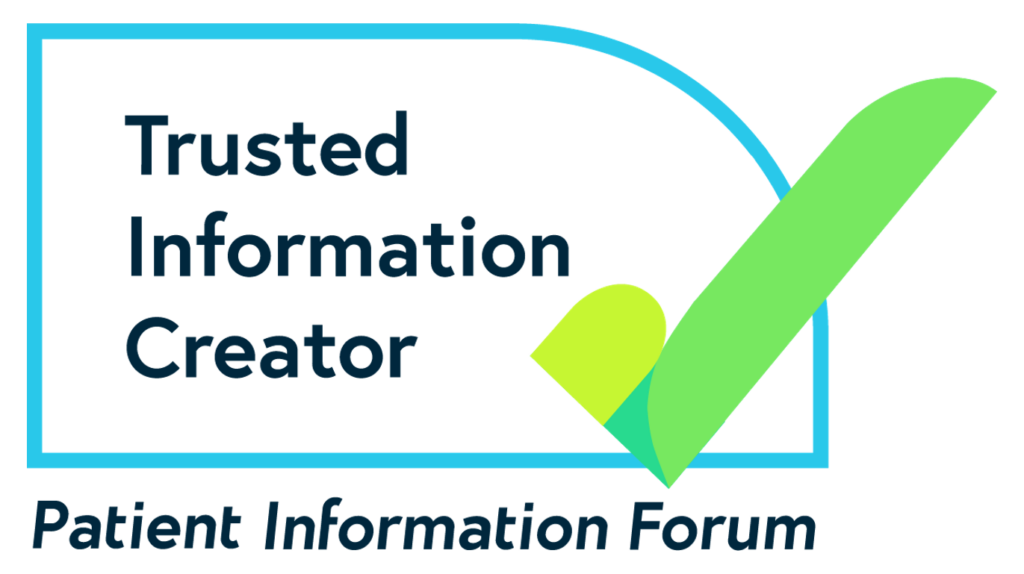In November 2025, leaders from 11 independent healthcare agencies across as many countries, all part of the Global Health Marketing & Communications (GHMC) network, gathered in Singapore for the Annual General Meeting (AGM) hosted by Spurwing Communications. The goal was to explore the evolving landscape of healthcare communications and to tackle the question: How do we stay future-ready in one of the world’s most complex, fastest-changing sectors?
The meeting was hosted in Singapore, a country that embodies agility, integration, and forward-thinking solutions. Over three days, meeting attendees exchanged insights shaped by their local and regional experiences, while exploring the global trends shaping our industry.
Navigating Complexity
Healthcare communications continues to face uncertainty: shifting regulations, evolving policies, cost pressures, and changing patient expectations. AGM discussions emphasized the importance of agility, local knowledge, and global coordination. Across markets, our GHMC partners explored how independent agencies can respond effectively, staying nimble while delivering meaningful outcomes for clients.
From AI Potential to AI in Practice
At the AGM 2024 in Milan, Italy, conversations focused on AI’s potential. In Singapore, conversations shifted to AI reality. Our keynote speaker, Jake Wilczynski, Head of Communications APAC at OpenAI, offered thought-provoking insights into the future of AI and encouraged us to “be aggressively curious” as this landscape evolves, highlighting that AI has now become the “front door of healthcare”. GHMC partners showcased real-world applications that deliver faster insights and more effective results while staying conscious of specific issues like privacy, regulation and transparency for all clients, reminding us that the future of healthcare communications is happening now.
Collaboration That Matters
Beyond insights and technology, the AGM reinforced the power of connection. Face-to-face collaboration fostered idea exchange, problem-solving, and trust. The three days in Singapore left attendees feeling inspired, reaffirming the value of a network built on shared ambition and expertise.
Moving Forward
Healthcare communications is entering an era where agility matters as much as expertise. Our clients need partners who can act quickly without compromising quality, anticipate how global trends unfold locally, and adopt new technologies thoughtfully rather than reactively.
To learn how our robust global network can support your brand and strategic objectives, reach out to us today.

